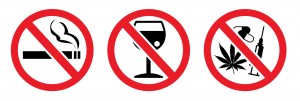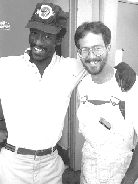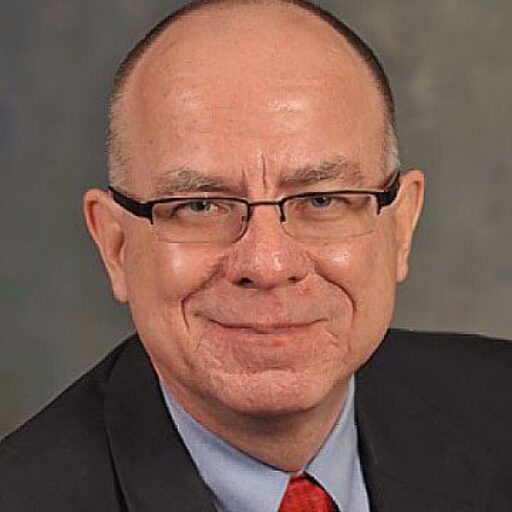 Urban mission work and recovery outreach are certainly unique. The rewards can be tremendous, as well as the discouragements. So, here are a few of my thoughts on how to avoid burn-out by practicing good self-care:
Urban mission work and recovery outreach are certainly unique. The rewards can be tremendous, as well as the discouragements. So, here are a few of my thoughts on how to avoid burn-out by practicing good self-care:
A. Keep a life for yourself —I often struggle to find the balance between personal priorities and ministry opportunities. It’s easy to get caught up in ministry and put my own needs on the “back burner.” Because urban missions can be a very stressful place to work good self-care practices are essential. One of the most important of them is to cultivate a life that is separate from the mission and its staff and clients. We need to leave work stress behind and pursue our own interests and relationships. For people who live in the mission facilities, failing to develop meaningful outside relationships and activities is a sure path to “burn-out.”
B. Make time for the Lord, your spouse, and your children — Spiritual service is no replacement for spiritual relationship. We need to protect our walk with the Lord and continue to grow in our faith. In regard to the family, Paul said it best, “If anyone does not know how to manage his own family, how can he take care of God’s church? (1 Timothy 3:3 NIV) Too many Christian workers have not made their marriages and their children a priority and have suffered greatly as a result.
C. Get committed to a local church – We all need our own church home where we can be spiritually nourished and develop relationships with people who can minister to us, instead of looking to us for help. An effective urban mission worker knows where to go to get his or her “tank refilled’ spiritually.
D. Develop yourself professionally – Cultivate your gifts and take advantage of education and training opportunities. Find ways to grow to be more effective in your calling from God. Maybe you need to take advantage of formal aptitude testing offered by employment and career counselors. In urban ministry, there are a variety of different roles in which we may serve. These include fund raising and administration as well as direct supervision of clients, counseling and case management. Getting the best “fit” for yourself will certainly lead to a more satisfying and effective ministry.
E. Find a Mentor/Confessor — Again this past week, I heard another Christian leader, whom I greatly respected, destroyed his marriage and his ministry through infidelity. We all face temptations like resentment, jealousy, sex, greed, and power. Some of us also have a past that includes addictions. My friend with the Navigators likes to ask — “Who’s your Timothy and who’s your Paul?” There is a real benefit to having the accountability and input of a mature believer who can serve as our “Paul.” And, at the same time, why not take some time to seek out a “Timothy” if you don’t already have one. There is surely at least one other younger Christian worker who could benefit from what you have learned in your years of service. Few things are as rewarding as Investing in the life of other leader.
F. Be a team player — When working with troubled people, it’s important to see ourselves as part of a team that God has assembled to reach out to them. He has been at work in every individual’s life long before they ever came to the mission So, If I’m not God’s only representative to this person, whether they leave or stay, He will continue to work in their lives (with or without me). Though this may be your time to work with a certain person you are not expected to have all the answers or resources. But, there is probably someone else who does. Sometimes, the greatest help we can give someone is to point him or her to another resource where he or she can get needed help. And, if you are stuck, remember that it’s OK to ask a fellow worker for input and assistance.
G. To God, our faithfulness is more important than our fruitfulness. – A “performance orientation” is another path to burnout. Deep, lasting life change is a process — and an often time-consuming one at that. Each individual makes progress at his or her own rate. So, we need to be mindful to set realistic goals for our clients — and for ourselves. Above all, it’s God who ultimately does the changing. So, we need to avoid shame and guilt-driven efforts, which are from self not the Spirit. Sometimes the most effective thing we can do is to get out of God’s way.
Michael Liimatta is now serving as Chief Academic Officer for City Vision University.
From UrbanSermons.org January 2012


 Every substance abuse counselor has probably at one time or another pointed to the “skid row bum” and said, “You don’t have to be like him to be an addict or alcoholic! ” While this type of person may represent only 5% of all addicts, Christians who are in recovery have a lot more in common with him than they may think!
Every substance abuse counselor has probably at one time or another pointed to the “skid row bum” and said, “You don’t have to be like him to be an addict or alcoholic! ” While this type of person may represent only 5% of all addicts, Christians who are in recovery have a lot more in common with him than they may think! For many people, the stereotype of the “rescue mission” or “gospel mission” is that it is a place for middle-aged alcoholics gathered for a sermon, bowl of soup, and a semi-clean place to “crash” for the night. To the contrary, the types of people who now look to inner city missions for help have changed dramatically. They are younger men and women, and entire families, with deeper problems in their lives than ever before. Many rescue missions are responding by developing some very progressive and effective programs. Comprehensive recovery-oriented programs, using the
For many people, the stereotype of the “rescue mission” or “gospel mission” is that it is a place for middle-aged alcoholics gathered for a sermon, bowl of soup, and a semi-clean place to “crash” for the night. To the contrary, the types of people who now look to inner city missions for help have changed dramatically. They are younger men and women, and entire families, with deeper problems in their lives than ever before. Many rescue missions are responding by developing some very progressive and effective programs. Comprehensive recovery-oriented programs, using the 

